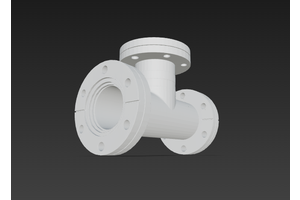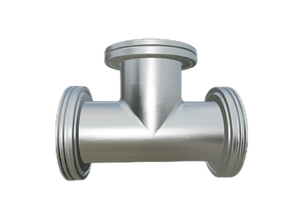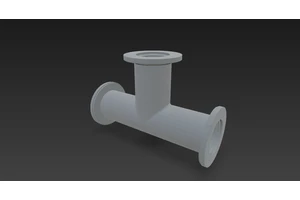Why is it necessary to create a vacuum?
Creating a vacuum—removing gas from a container or system to reduce internal pressure—is a critical step in numerous scientific experiments, industrial processes, and technological applications. The main reasons include:
Preventing Oxidation and Contamination: In air, oxygen, water vapor, and other impurities can react with materials (especially metals or reactive substances at high temperatures), causing oxidation or contamination. A vacuum environment effectively suppresses these reactions, preserving material purity and performance. This is essential in metal refining, semiconductor manufacturing, and thin-film deposition.
Reducing Molecular Collisions: In high or ultra-high vacuum, the number of gas molecules is extremely low, drastically reducing collision frequency. This is vital for applications like particle accelerators, electron beam welding, and mass spectrometry, where particles or electron beams must travel long distances without interference.
Improving Thermal Insulation: Gases are poor thermal conductors. In a vacuum, the absence of gas molecules greatly reduces convection and conduction, making vacuum an excellent thermal insulator. This principle is used in vacuum flasks (like thermoses) and spacecraft thermal control systems.
Enabling Specific Physical Processes: Many physical and chemical processes can only occur under vacuum conditions. For example:
- Vacuum Coating: In a vacuum, evaporated or sputtered materials travel in straight lines and deposit uniformly on substrates, forming high-quality thin films.
- Vacuum Drying: Lowering pressure reduces the boiling point of liquids, allowing moisture to evaporate at lower temperatures—ideal for drying heat-sensitive materials.
- Vacuum Melting: Prevents high-temperature metals from reacting with air, enabling the production of high-purity alloys.
Simulating Space Environment: Space is nearly a perfect vacuum. To test spacecraft, satellites, and their components on Earth, vacuum chambers are used to simulate the extreme conditions of space and verify their reliability in orbit.
Enhancing Electronic Device Performance: Older electronic devices like vacuum tubes (e.g., cathode ray tubes) require a vacuum so that electrons can move freely from cathode to anode without being scattered by gas molecules.





